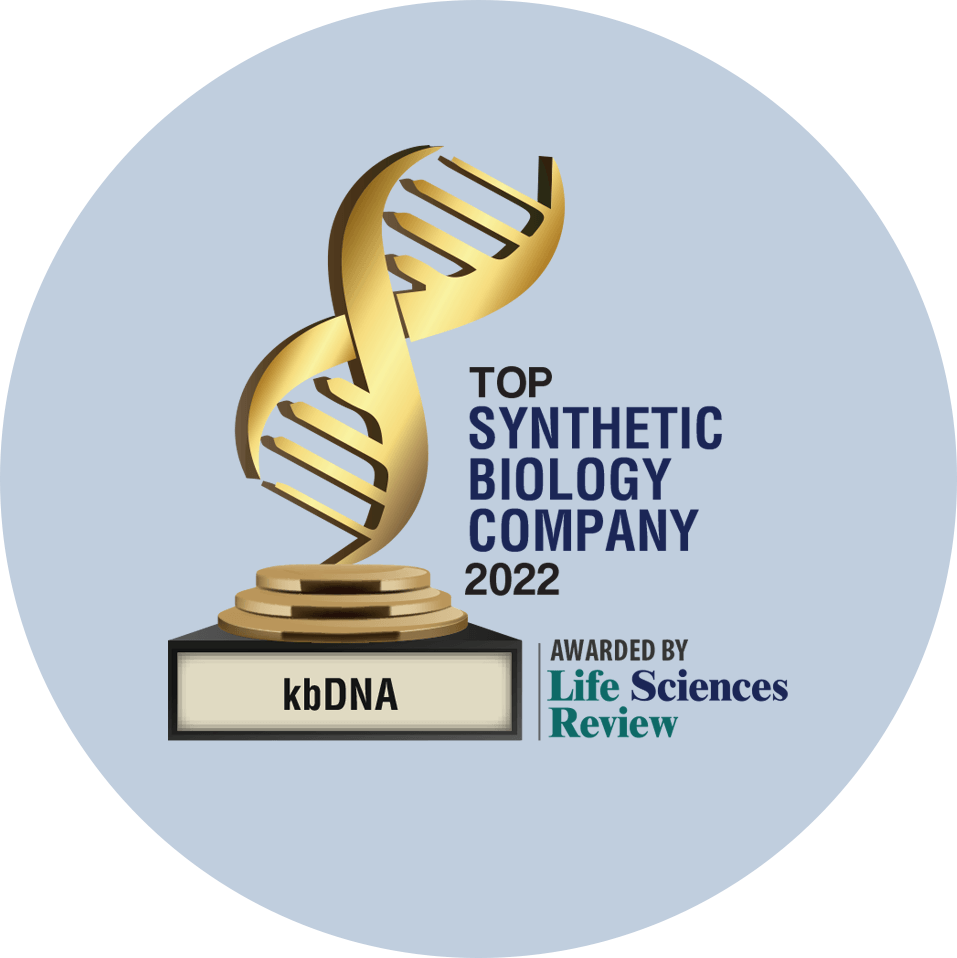Acts in part as a hepatokine that is involved in regulation of lipid and glucose metabolism (PubMed:11788823, PubMed:12909640, PubMed:23661675, PubMed:25495645). Proposed to play a role in the trafficking of energy substrates to either storage or oxidative tissues in response to food intake (By similarity). Has a stimulatory effect on plasma triglycerides (TG), which is achieved by suppressing plasma TG clearance via inhibition of LPL activity. The inhibition of LPL activity appears to be an indirect mechanism involving recruitment of proprotein convertases PCSK6 and FURIN to LPL leading to cleavage and dissociation of LPL from the cell surface; the function does not require ANGPTL3 proteolytic cleavage but seems to be mediated by the N-terminal domain, and is not inhibited by GPIHBP1 (PubMed:12097324, PubMed:19318355, PubMed:20581395). Can inhibit endothelial lipase, causing increased plasma levels of high density lipoprotein (HDL) cholesterol and phospholipids (PubMed:17110602, PubMed:19028676). Can bind to adipocytes to activate lipolysis, releasing free fatty acids and glycerol (PubMed:12565906). Suppresses LPL specifically in oxidative tissues which is required to route very low density lipoprotein (VLDL)-TG to white adipose tissue (WAT) for storage in response to food; the function may involve cooperation with circulating, liver-derived ANGPTL8 and ANGPTL4 expression in WAT (By similarity). Contributes to lower plasma levels of low density lipoprotein (LDL)-cholesterol by a mechanism that is independent of the canonical pathway implicating APOE and LDLR. May stimulate hypothalamic LPL activity (By similarity). {ECO:0000250|UniProtKB:Q9R182, ECO:0000269|PubMed:11788823, ECO:0000269|PubMed:12097324, ECO:0000269|PubMed:12565906, ECO:0000269|PubMed:12909640, ECO:0000269|PubMed:17110602, ECO:0000269|PubMed:19028676, ECO:0000269|PubMed:19318355, ECO:0000269|PubMed:20581395, ECO:0000269|PubMed:23661675, ECO:0000269|PubMed:25495645, ECO:0000305|PubMed:20581395}.; ANGPTL3(17-221): In vitro inhibits LPL activity; not effective on GPIHBP1-stabilized LPL. {ECO:0000269|PubMed:19542565}.; Involved in angiogenesis. Binds to endothelial cells via integrin alpha-V/beta-3 (ITGAV:ITGB3), activates FAK, MAPK and Akt signaling pathways and induces cell adhesion and cell migration (PubMed:11877390). Secreted from podocytes, may modulate properties of glomerular endothelial cells involving integrin alpha-V/beta-3 and Akt signaling (PubMed:18535744). May increase the motility of podocytes. May induce actin filament rearrangements in podocytes implicating integrin alpha-V/beta-3 and Rac1 activation. Binds to hematopoietic stem cells (HSC) and is involved in the regulation of HSC activity probably implicating down-regulation of IKZF1/IKAROS (By similarity). {ECO:0000250|UniProtKB:Q9R182, ECO:0000269|PubMed:11877390, ECO:0000269|PubMed:18535744}.,Beta strand (15); Chain (3); Coiled coil (1); Disulfide bond (2); Domain (1); Glycosylation (4); Helix (5); Mutagenesis (8); Natural variant (13); Region (3); Sequence caution (1); Sequence conflict (1); Signal peptide (1),Was suggested to inhibit LPL through a direct mechanism; however, the necessary concentration to achieve in vitro inhibition is at least 30-fold higher than ANGPTL3 plasma concentration. {ECO:0000305|PubMed:19028676, ECO:0000305|PubMed:20581395}.,Down-regulated by insulin. {ECO:0000269|PubMed:26204133}.,Expressed principally in liver. Weakly expressed in kidney. Binds to adipocytes. Increased expression and colocalization with activated ITGB3 in glomeruli of patients with nephrotic syndrome showing effaced podocyte foot processes (at protein level). {ECO:0000269|PubMed:10644446, ECO:0000269|PubMed:25710887, ECO:0000269|PubMed:26204133}.,Hypobetalipoproteinemia, familial, 2 (FHBL2) [MIM:605019]: A disorder of lipid metabolism characterized by less than 5th percentile age- and sex-specific levels of low density lipoproteins, and dietary fat malabsorption. Affected individuals present with combined hypolipidemia, consisting of extremely low plasma levels of LDL cholesterol, HDL cholesterol, and triglycerides. {ECO:0000269|PubMed:20942659}. Note=The disease is caused by mutations affecting the gene represented in this entry.; Note=May be involved in atherosclerosis. Plasma levels are closely associated with arterial wall thickness. {ECO:0000305|PubMed:17191020}.; Note=May be involved in nephrotic syndrome. {ECO:0000305|PubMed:25710887}.



